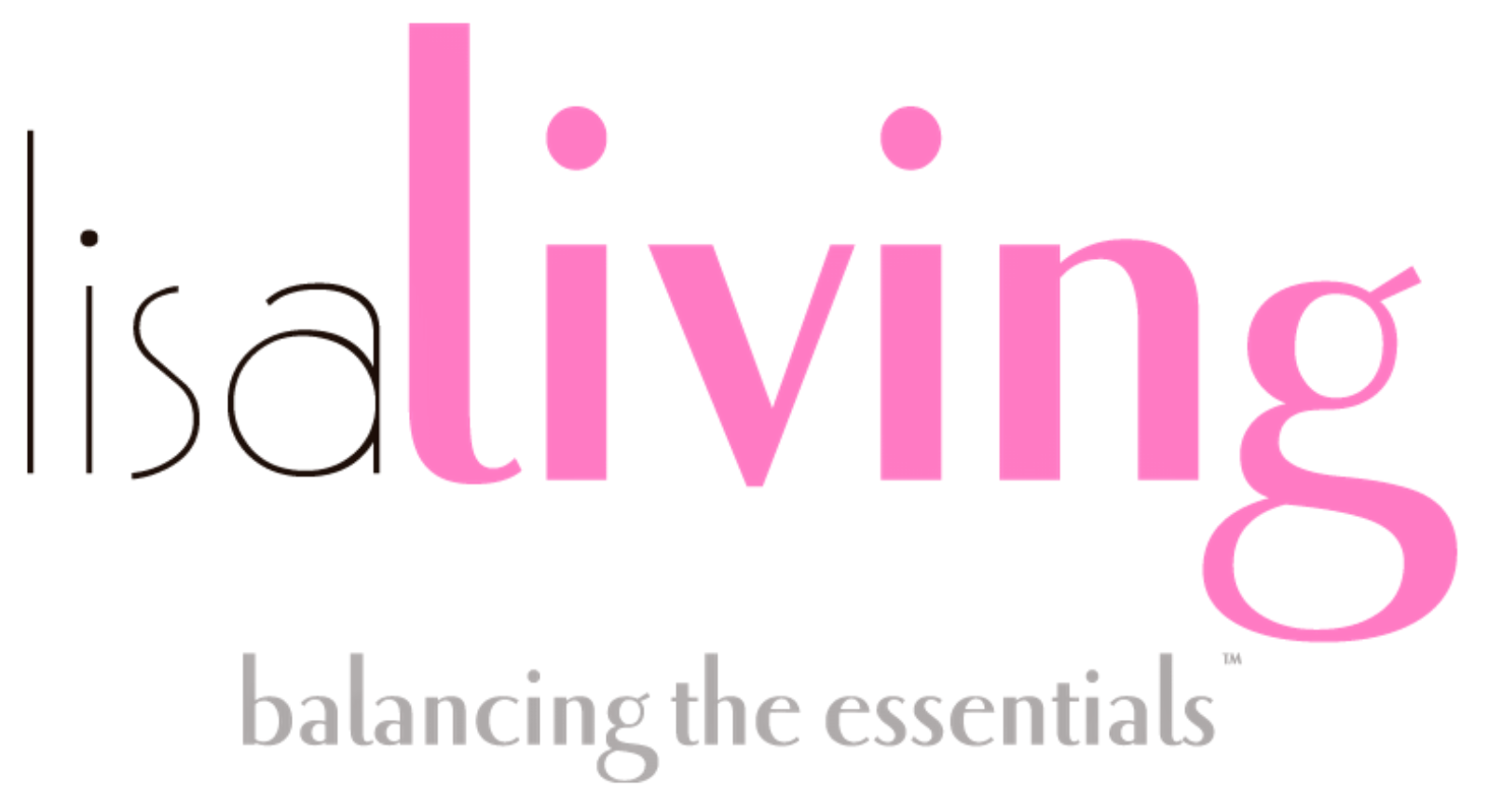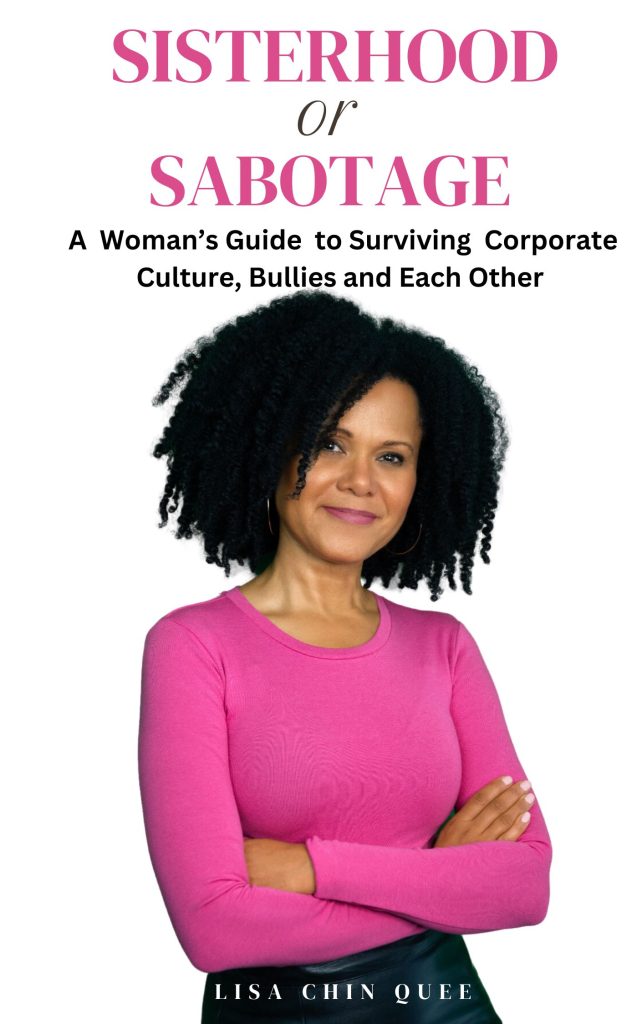If you read my columns or follow my blog, you’ll see that I tend to avoid euphemisms when it comes to sex and body parts. I believe that using accurate terminology around issues of sexuality helps to avoid ambiguity and also conveys the message that sex and our bodies are not something that should be shrouded in shame. But I often hear from clients and readers that they’re not always familiar with the terminology I use, so I thought it might help to clarify the where, what and why of our lady parts. So here we go, the vagina basics.
Let’s begin with the vulva. This wonderful area is often neglected in sex education and many women (and men) don’t even know what this pretty little part looks like. The vulva is comprised of the outer components of the female genital region including the inner and outer labia (lips), the vaginal opening (introitus), the clitoral glans and hood (the pea-sized bump and the foreskin that covers it), the urethral meatus (pee hole) and the pubic mound (area over the pubic bone upon which pubic hair grows).
The vagina is the interior space beginning at the vaginal entrance and ending at the cervix (the entrance or neck of the uterus). It is a muscular tract that can sometimes be difficult to locate for young women, as it is a potential space as opposed to a gaping hole. Though the walls of the vagina generally touch in a relaxed state and during arousal this elastic tube-like structure can expand to accommodate an inserted object. Composed of expandable tissue, it functions as a passageway for childbirth, provides a barrier against harmful bacteria and accommodates penises and other objects during sexual activity.
The not-so-mythical clitoris is a complex structure that is often compared to the penis. The eighteen-part clitoris is actually richer in nerve endings than its male counterpart and unlike the penis, serves the sole function of providing pleasure. Yippee! The clitoral glans, hood, bulb and crus include erectile tissue and sensitive nerve endings that can be stimulated by rubbing the vulva from top to bottom, including the inner and outer labia which overlie the erectile tissue of clitoris. That’s right! Erections are not just for penises.
The G-Spot, which has been the subject of heated debate in recent years, is located inside of the vagina on the upper wall. Despite the controversy regarding the existence of the G-Spot, this ridge-like area does exist although its role in sexual encounters varies from person to person. Some women experience intense enjoyment and even ejaculation with G-Spot stimulation, while others find direct contact irritating.
While these are just a few of our fun and fabulous lady parts, it is important that we’re able to identify, explore and understand our bodies. So take some time to check yours out! Use a handheld mirror, lube, clean fingers and an open mind to learn more about your body parts and their unique responses to affection, touch and sexual stimuli.
As always have fun, experiment and always practice safer sex.
 Dr. Jessica O’Reilly is a board-certified sexologist committed to helping clients enjoy healthy, pleasurable sex lives. She has completed her PhD in human sexuality with a focus on training teachers to deliver effective sex education. She loves her work (obviously!) and splits her time between public speaking engagements, freelance writing, program development and consulting in the field of sexual health. Learn more about Jessica at www.jessicaoreilly.com
Dr. Jessica O’Reilly is a board-certified sexologist committed to helping clients enjoy healthy, pleasurable sex lives. She has completed her PhD in human sexuality with a focus on training teachers to deliver effective sex education. She loves her work (obviously!) and splits her time between public speaking engagements, freelance writing, program development and consulting in the field of sexual health. Learn more about Jessica at www.jessicaoreilly.com





